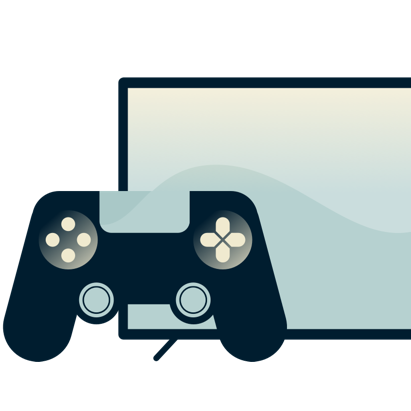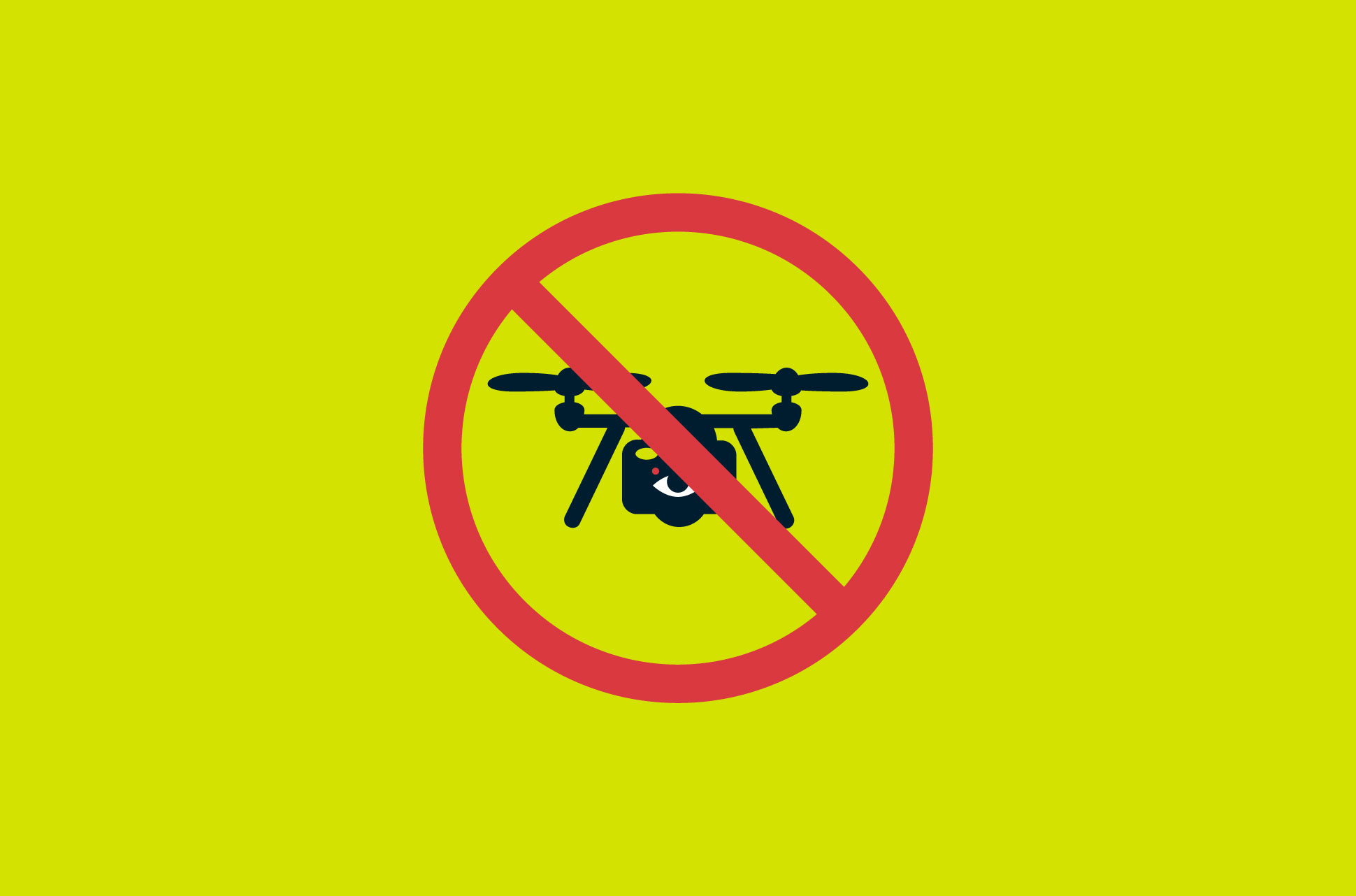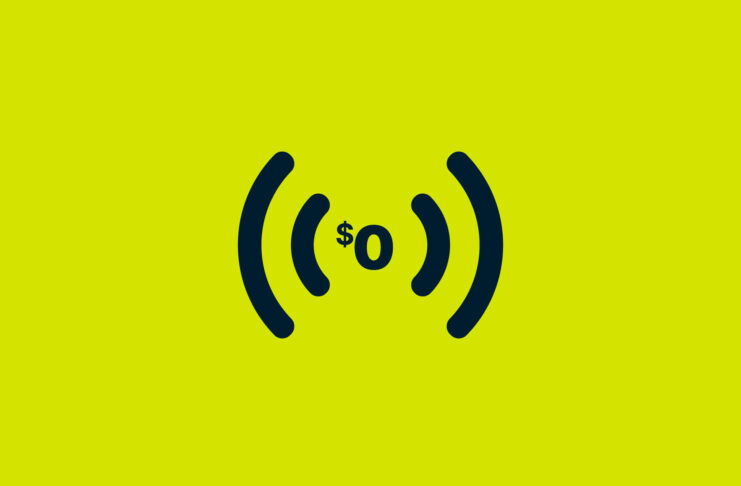Today is Mario Day! Why, you ask? For the simple reason that MAR10 looks like Mario, and fans ran with it. Nintendo, the maker of the Mario game series, even officially started recognizing the day.
On this day celebrating Mario—a classic character and star of a game franchise that has become a cultural phenomenon—let’s take a look at reboots of classic games, from the brilliant to the very bad.
You may have heard the terms remastered, remake, and reboot used interchangeably but it’s important to establish the difference between these concepts.
- A remaster is an HD upgrade of an existing game. Examples: The Last of Us Remastered and Batman: Return to Arkham.
- A remake takes an existing game and builds it in a new engine from scratch. Examples: Final Fantasy VII Remake and Monkey Island 2: Special Edition.
- A reboot is an entirely new game based on the concepts and characters of an existing game.
In this post, we are looking at reboots only.
Best: New Super Mario Bros. (2006)
Reboot of Super Mario Bros. (1985)
Following a decade without releasing traditional 2D side-scrolling Mario games, New Super Mario Bros. was released on the Nintendo DS in 2006. The last 2D Super Mario was Yoshi’s Island on the Super Nintendo Entertainment System (SNES) back in 1995 and Mario games had carved a comfortable niche in the 3D platform gaming space. New Super Mario Bros. brought back the exact gaming experience that made the franchise so successful to begin with.
New Super Mario Bros. was successful enough for Nintendo to greenlight various sequels in the years that followed on the Wii, Wii U, and Switch.
Worst: Teenage Mutant Ninja Turtles: Turtles in Time Re-Shelled (2009)
Reboot of Teenage Mutant Ninja Turtles: Turtles in Time (1991)
Because WHY??? The original is one of the most fun beat ‘em up games on the SNES. Somehow, developers Ubisoft Singapore presented players with something that was utterly…bland. Further, unlike remakes like The Secret of Monkey Island, Monkey Island 2: LeChuck’s Revenge, and Full Throttle; there’s on option to switch between the original pixel graphics and the updated 3D look.
Best: Donkey Kong Country (1994)
Reboot of Donkey Kong (1981)
After an absence of around a decade from the mainstream, our favorite ape made a comeback with the smash hit SNES title Donkey Kong Country. The “Donkey Kong” in this game is the grandson of the original Donkey Kong, from Donkey Kong (1981) and Donkey Kong Jr. (1982), who now goes by the name Cranky Kong.
This game swaps out the single-screen climbing game layout for a more traditional side-scrolling 2D platform format—not unlike Super Mario Bros—while also maintaining Donkey Kong’s penchant for throwing barrels. Coupled with fun gameplay and a killer soundtrack, critics were also wowed by the game’s use of pre-rendered 3D sprites and backgrounds that gave the game a unique and forward-thinking look.
Worst: Bomberman: Act Zero (2006)
Reboot of Bomberman (1983)
This one is pretty self evident.
Here’s how Bomberman has always looked:
Here’s how Bomberman was reimagined in 2006 with Bomberman: Act Zero:
Why even bother calling it Bomberman at this point? In one of the most out of touch decisions a developer has ever made, it was decided that the franchise’s signature bright and colorful cartoony look would be swapped out for a hyper gritty realistic feel—which hey, works well for something like Tomb Raider. But not for this.
Luckily, thing have reverted back to something more familiar in recent years with Super Bomberman R for PS4:
Best: Star Fox 64 (1996)
Reboot of Star Fox (1993)
Released in Europe as Lylat Wars, Star Fox 64 is both a sequel and reboot of Star Fox (1993) on the SNES. It is considered to be one of the best console games of all time. In addition to its stellar reviews, it was one of the first games to feature use of Nintendo 64’s Rumble Pak. Like its predecessor/namesake, Star Fox 64 is a rail shooter where you take on the role of various anthropomorphic pilots out to thwart the advances of Emperor Andross, a galactic overlord. Star Fox 64 also has the distinction of being one of the best-selling Nintendo 64 games.
Worst: SimCity (2013)
Reboot of SimCity (1989)
Who didn’t love SimCity growing up? The original city building simulator, the entire “Sim” franchise under Maxis essentially dominated the simulation gaming genre of the 1990s, culminating with the release of the Sims franchise in the early to mid-2000s.
While massively popular for a time, the SimCity franchise has fallen off the radar in recent years, eclipsed by more successful games such as Cities Skylines. In addition to a variety of technical issues and online gaming problems, SimCity (2013) was not re-entrance that Maxis had hoped for and basically killed any major further entries into the series.
Best: Doom (2016)
Reboot of Doom (1993)
Ignoring Doom 3 (2003), which is technically itself a reboot of the franchise, Doom (2016) is both a reboot and a massive return to form for the Doom franchise by going back to its original concept of open-ended levels and faster gameplay.
Wildly successful upon release, Doom once again placed players in the role of the unnamed space marine, tasked with fighting back against an assault on Mars from the forces of hell. It was so successful that it revived the franchise and was followed by a highly anticipated and equally successful sequel with Doom Eternal in 2020. Doom (2016) also has the distinction to be the first game to use id Software’s id Tech 6 engine.
Worst: Alone in the Dark (2008)
Reboot of Alone in the Dark (1992)
The Alone in the Dark franchise is widely considered to be the first major entry into the survival horror genre, with a trilogy that was released between 1992 and 1994. All the things that made franchises like Resident Evil and Silent Hill so popular in the years that followed were originally incorporated here—specifically the game mechanics and cinematics. While a reboot was released in 2001 titled Alone in the Dark: The New Nightmare, this article focuses on the second reboot released in 2008.
Simply titled Alone in the Dark, the 2008 reboot suffered from a variety of glitches, poor controls, a nonsensical plot, and generally poor direction. A sequel was released in 2015 titled Alone in the Dark: Illumination, which somehow received even worse reviews. Currently, the franchise is dead as a doornail—a sad ending for such an important franchise.
Best: Tomb Raider (2013)
Reboot of Tomb Raider (1996)
Tomb Raider (2013) is the second reboot of the Tomb Raider franchise, with the first being the 2003 Tomb Raider: Legend (2006), which we’ll avoid for this article. Lara Croft is back in a reboot that’s both faithful to the franchise’s treasure-hunting roots along with a good dash of gritty realism and cinematic flair. So successful was this reboot that it launched a full trilogy—including sequels Rise of the Tomb Raider (2015) and Shadow of the Tomb Raider (2018)—and a film loosely based on this incarnation of the franchise starring Alicia Vikander released in 2018.
Worst: Sonic the Hedgehog (2006)
Reboot of Sonic the Hedgehog (1991)
If you grew up in the 1980s and ’90s, you’d remember the fierce rivalry between Nintendo and Sega. For those of you who don’t know, it was a conflict on par with Coke and Pepsi, PlayStation and Xbox, and McDonald’s and Burger King. For us in the ’90s, the forefront of the Nintendo/Sega rivalry was between its mascots Mario and Sonic—which sadly died with little fanfare in 2001 with the release of Sega’s last console, the Dreamcast.
In the years that followed, Sega focused their efforts on creating Sonic games for rival consoles with the first major effort being 2006’s Sonic the Hedgehog. While the project showed promise during its production phase, it was essentially lambasted upon release—most notably due to its poor level design, buggy controls, and subpar voice acting. Luckily in recent years, the franchise has managed to find its footing again.
Best: Mortal Kombat (2011)
Reboot of Mortal Kombat (1992)
Immediately banned by Australia upon release, the 2011 Mortal Kombat reboot made waves internationally for its return to form for gory arcade violence, cinematic story mode, and that sweet sweet controversy—and hey, what’s a Mortal Kombat game without the controversy? The franchise has seen its fair share of censorship since the release of the 1992 original.
As one of the most successful fighting game franchises in the world, Mortal Kombat has always set itself apart from contemporaries by not shying away from extreme—almost comical—violence. With the success of this entry into the series’ canon, the franchise has gone on to release several sequels, a spiritual sequel in the form of Injustice: Gods Among Us—a fighting game developed by the same team, except centered around characters from DC Comics—and a film released in 2021.
Worst: Frogger (1997)
Reboot of Frogger (1981)
The original Frogger game from 1981 has a pretty simple premise—players must guide a frog safely from one side of the screen to the other, usually across a busy road or a river. The 1997 reboot adds a variety of new level types, increased difficulty, and frustrating gameplay mechanics. Somehow, despite the absolutely dismal reviews, the game managed to sell enough units to warrant a sequel—which surprisingly performed marginally better.
Best: God of War (2018)
Reboot of God of War (2005)
Originally revealed at E3 in 2016, the God of War reboot initially caused some minor controversy when it was revealed that the protagonist Kratos would no longer be voiced by veteran Terrence C. Carson and instead be replaced with Stargate SG-1 actor Christopher Judge.
This game picks up years after the last main instalment in the series, God of War III, which was released in 2010. This time around, Kratos is older, wiser, and a father. Unlike previous God of War games, this entry focuses on Norse mythology rather than Greek. Released to almost universal acclaim, God of War (2018) will be followed by God of War Ragnarök in 2022.
Best & Worst: DmC: Devil May Cry (2012)
Reboot of Devil May Cry (2001)
When DmC: Devil May Cry was initially announced, there was some controversy surrounding the decision for the game’s aesthetic to resemble more of a “Western” game rather than the franchise’s existing “Japanese” look.
Developed by British developer Ninja Theory—known for the excellent Senua’s Sacrifice games—DmC: Devil May Cry once again allows players to assume the role of Dante, a former devil hunter. Despite its initial controversy, the game received positive reviews across the board and was especially heralded for its gameplay mechanics and cut scenes.
However, the departure from the franchise’s status quo was severe enough that Capcom dropped any development of sequels to the reboot and focused their efforts on releasing another game in the original series instead—resulting in Devil May Cry 5.
Read more: 12 popular U.S. TV shows that are remakes

Game securely, with no ISP throttling
Servers in 105 countries
























